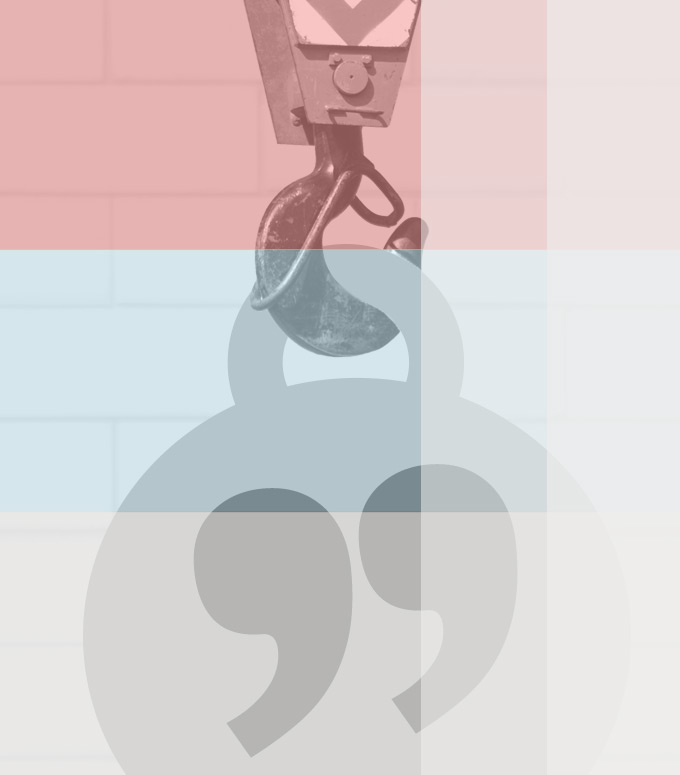An often overlooked yet powerful tool in the design of publications, annual reports, brochures, online articles, or blog posts is the humble pull quote. When done thoughtfully and strategically, pull quotes help engage readers with your content, and ensure what you have to say isn’t skipped over in our fast-paced, information-drenched world.
When should they be used?
Long articles: Pull quotes are especially useful in guiding readers through hefty portions of text where focus can easily be lost. Use at least 1 pull quote for every 2 pages of printed text, or an article online that requires a lot of scrolling.

When visuals are lacking: Sometimes imagery is scarce for a particular piece of content or story – either your budget is tight, or the ideas presented don’t easily lend themselves for photography or illustration. Pull quotes are a great option in this scenario, granted you can bring out the most interesting sentences, and highlight them with unique typography.

How long should they be?
There’s no hard or fast rules, but usually 1-2 sentences are most effective. Think about pull quotes as if they were sound bites or mini movie trailers – they highlight the most interesting parts of a message that either tease someone to read more, or help encapsulate the main point in a manner that’s quickly and easily digested.
Think about pull quotes as if they were sound bites or mini movie trailers
Driving Social Engagement
Pull quotes are often overlooked on the web, but can be especially useful in increasing readership when paired with social media. This can be done through prompting a user to share the quote through a specific call-to-action. Articles are shared via Facebook or Twitter everyday, and many of them are posted with a quote that someone pulls from the article themselves – why not give them one at the outset and increase the chances your article will be seen?

Conclusion
Hopefully these tips get you thinking about how to use pull quotes in your next publication, blog post, or news story. It’s important to note that pull quotes should be used wisely and not too often, otherwise they lose their impact! But carefully crafted and thought-through, they are powerful tools for effective, engaging communication.
